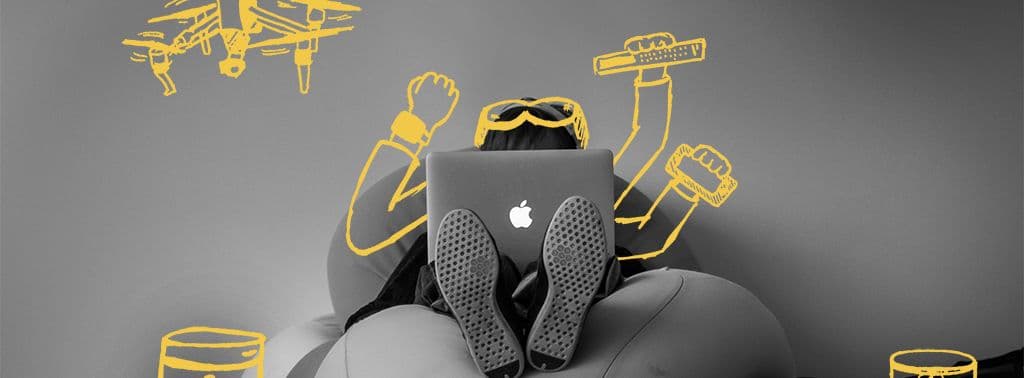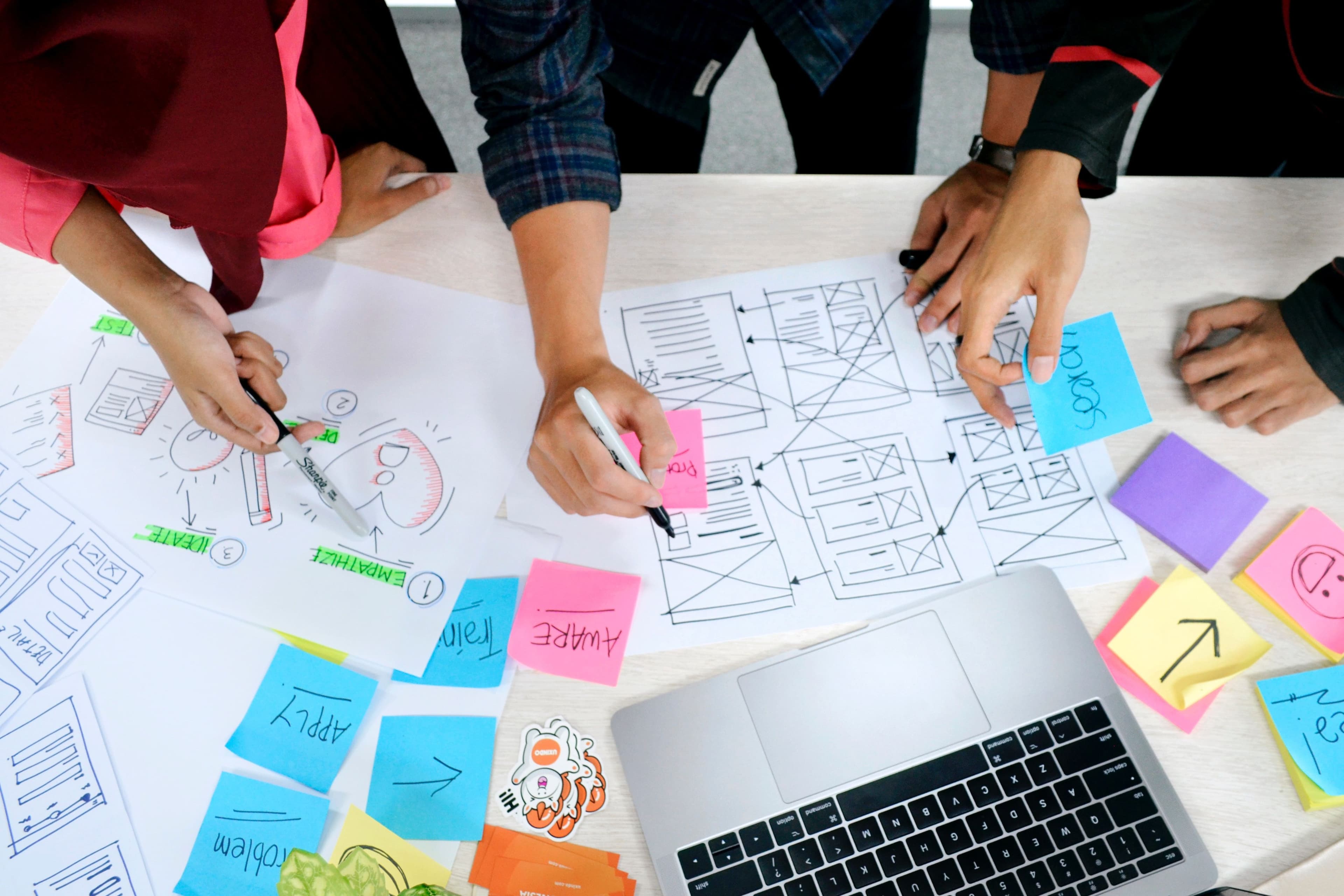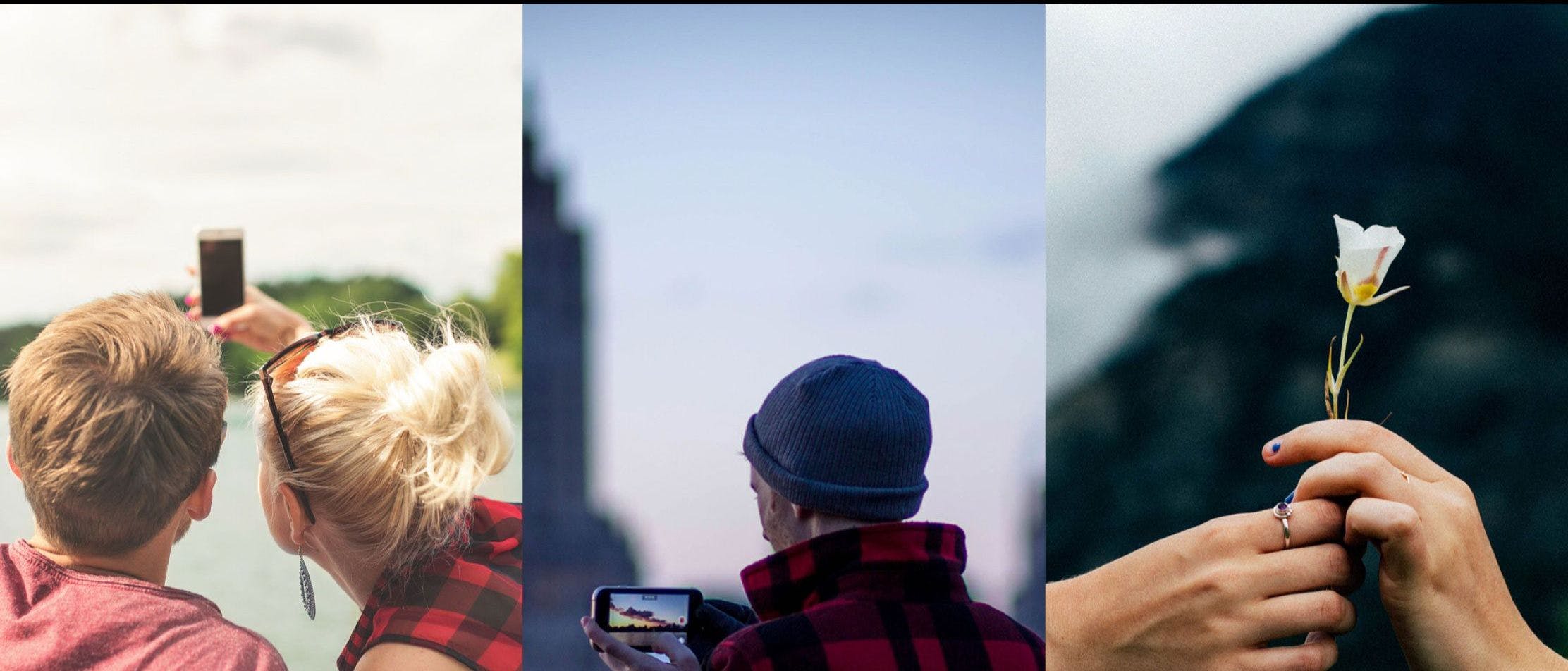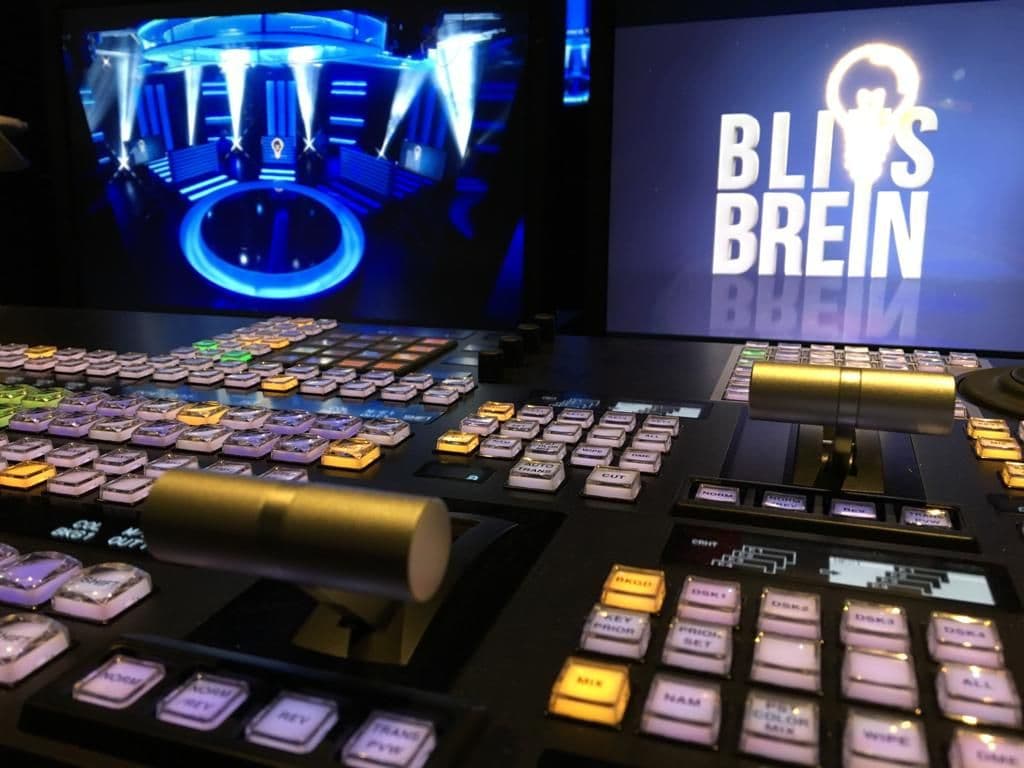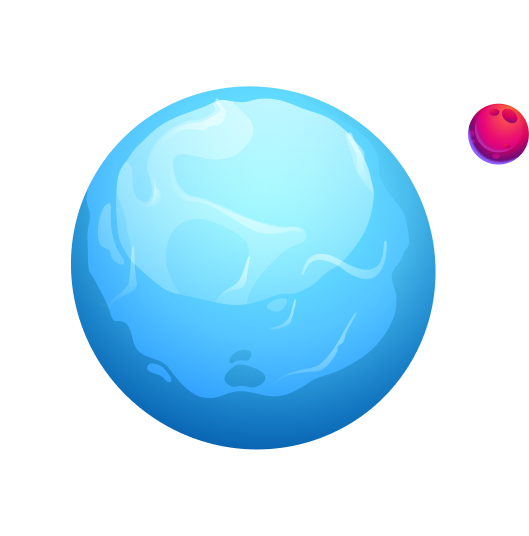We are in an extremely exciting era where technology is evolving faster than one feels one can keep up with at times and something like Moore’s Law shows no sign of slowing down. In just the past couple of years, we’ve seen an influx of technology into the market with the introduction of wearables, VR headsets, drones, home automation and the list goes on. Some of these are in the mainstream, and some are seen by many as gimmicks, but if the early adopters are anything to go by, some of these are set to become billion dollar industries with more than a billion users interacting with our products by the time it hits the mainstream.
Something like wearables, which are arguably the most mainstream at the moment in terms of uptake by the general consumers, are only a red-hearing of sorts. For us, as product designers, the future is not about asking how do we design for the products that we wear on our body or just the fact that it’s so easily accessible.
We need to look at our lead users, our early adopters and have them guide the user-centric design process we take to develop our products. The focus lies in this idea of user-centric design, rather than a device-centric design approach. Devices will be temporary, if you think of it, you upgrade your phone at least every two years with a new contract, and even though there are just micro improvements from model to model they all keep going in the same direction, and we keep changing them. It becomes less about the actual hardware and more about the software that runs the devices and the user journey once you start using the product.
Our Challenge
We no longer live in a world where we have a user’s attention for long periods at a time. Life is happening in a multitude of micro-moments, and not only at certain hours of the day, it keeps going, it never stops and we live like this every waken hour of our day.
Secondly, our users no longer interact with our brand on one device only. They have multiple devices which they use with different objectives at different times.
According to the Google Think team: “Over 75% of online adults (18 – 54) start an activity on one device and then continue or finish it on another.”
Our challenge is to anticipate what they want to achieve and how we can make it as easy as possible for them to achieve that.
Good design is invisible, and we need to find that invisible user experience that becomes the golden thread as users interact with our brand multiple times on multiple devices.
How did we get here?
If you think about it, since Steve Jobs introduced Apple’s product “Lisa” — the first personal computer to offer a graphical user interface (GUI) into the market in 1983 it kick-started an industry of exploration and improvement among all competition to build upon this idea of the GUI and make the process of creating and editing documents and files as easy a task as possible.
We became really good at sitting in front of our computers focussed for longer periods of time to do our work and achieve our objectives when using a product to do our work.
We would work on our documents for days or even weeks before sending it on to get approval and then type away at those same documents to do amendments on.
What changed it?
The introduction of smartphones, and especially the operating systems behind them — iOS was first introduced in 2007 and Android in 2008. Soon after we saw mainstream uptake of this magnificent technology in our pockets which offers more computing power than the computers we used a mere 10 years ago. The industry followed pursuit and all our products were developed with specific iPhone and Android versions.
The second wave of change calls for a profound shift in thinking
With the introduction of wearables, it makes the devices fade into the background, you still need your device, but you don’t have to take it out of your pocket — you can interact via your watch. When you need to do something that is beyond your watch, you can just take your device out and continue on there, as everyone with a watch has a device coupled with it within reaching distance.
As designers, we tend to think the biggest challenge is designing for a smaller screen, but our real challenge is session-length and engagement. The device our user chooses to use will determine their level of engagement, both from what they want to achieve as well as how long they are willing to try and achieve it.
The profound shift in thinking is how do we extend the user experience to these different devices, how do we take the device as a starting point and anticipate what the user would want to achieve and put that in front of them to create a seamless invisible user journey of our brand across multiple devices. The transition between devices should be seamless.
Our way of living is fragmented into micro-moments. If I sit in front of my computer I might have an hour to spend on a document (albeit with divided attention) on this “big screen” experience we would have all features, when moving to a smartphone the user won’t be using this device for hours, most probably their attention would span 5 minutes, and we have to ask ourselves what are the features that they require at that point that make them productive for 5 minutes at a time? Further, I won’t spend 5 minutes on my watch but rather 5 seconds, so our challenge continues to make them productive with just a 5-second interaction.
What I’m trying to get at is that the user’s entry point into our consumer journey of devices determines how we engage with them, we have to anticipate what their needs are and help them achieve that in an “invisible” way.
How do we put this into practice?
A practical example of this could be if we are building a learning platform, we have to anticipate the different level of interactivity and the session length users are willing to spend on a certain device.
Our “Big screen” experience will be the full experience allowing our users to dive deep into the learning experience and do various Modules containing exercises, consisting of questions. When you go to your phone we might anticipate you have time to complete one exercise only, and when you get to your watch, you might just want to do a question at a time.
We can design it in such a way that we can have on-the-go snippets where users can interact with our product in micro-moments when they won’t have a long session length.
Who’s in control?
As we move through the user experience and try and anticipate the interaction to create this “invisible” design, we face another design challenge, who is in control? It is still very much important for the user to feel that they’re in the control. Without control, there will be frustration and we’ll lose users faster than we gained them.
Invisible design
I’ve referred to invisible design a couple of times in this article, and for the most part, it refers to making the user experience fade into the background. Simply put, the invisible design just makes things easier.
One way to try and explain it is with a simple note taking App, your objective is to keep a record of your notes. When on the “big screen” experience you have a physical keyboard to help you achieve that objective, when you move to your phone you have an onscreen keyboard (with predictive text), yet on your watch, there is no keyboard, but you can dictate to your watch to type out your notes. Thus we’ve already started with this thinking by not just putting a keyboard on the watch.
Users want quality not free
This seamless user experience has no place for banner ads, we no longer can follow a freemium model where we give away our apps and monetize it via banner advertising.
The point is users don’t necessarily just want free, they want good, simple and reliable and they will be willing to pay for that. We should take responsibility for that experience and embrace their needs.
To wrap up
We have to embrace the multiple device world we live in, enabling our users to interact with us in micro-moments. User experience is no longer just about what they experience when they sit down and use our product, it’s how we interact with them on every device they use and how we create a seamless experience as they move between their devices.

